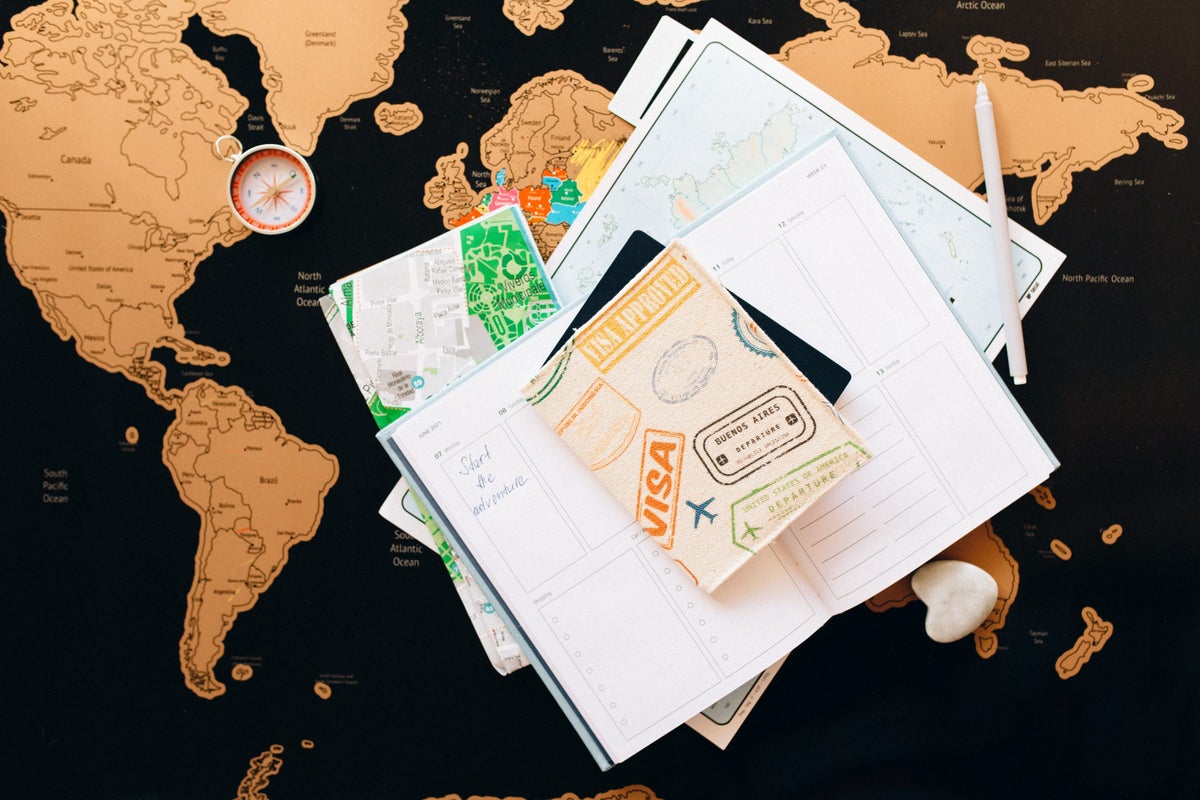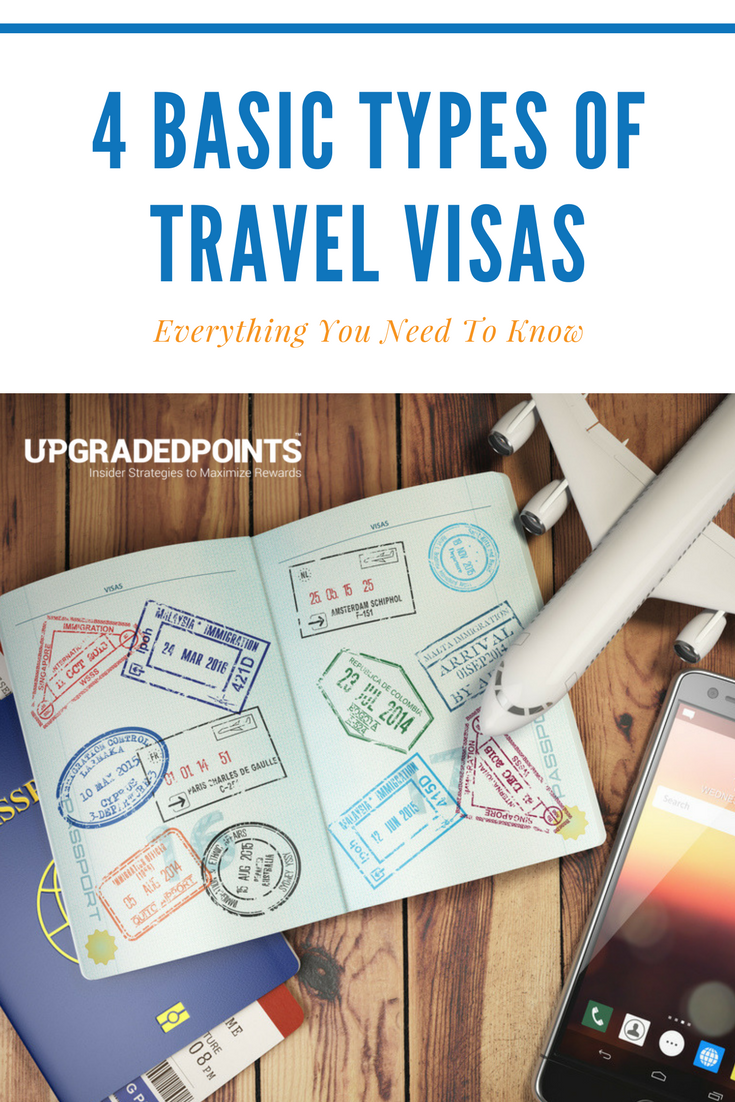Brian Graham
Brian Graham
Former Content Contributor
10 Published Articles
Countries Visited: U.S. States Visited:
After leveraging employee travel benefits from a previous corporate job, Brian set sail with his buddy around the world and has become a seasoned traveler who maximizes points and miles wherever possi...
Edited by: Keri Stooksbury
Keri Stooksbury
Editor-in-Chief
70 Published Articles 3692 Edited Articles
Countries Visited: 54U.S. States Visited: 28
Editing with Upgraded Points for over 6 years, as editor-in-chief, Keri manages the editorial calendar and oversees the efforts of the editing team and over 20 content contributors, reviewing thousand...







![In-depth Guide to U.S. Passport Renewals and Special Cases [2025]](https://upgradedpoints.com/wp-content/uploads/2016/01/Passport-Renewal-Featured.jpg?auto=webp&disable=upscale&width=1200)

![The Ultimate Guide to Buying the Best Travel Insurance [For You]](https://upgradedpoints.com/wp-content/uploads/2018/09/Travel-insurance-tag-on-luggage.jpg?auto=webp&disable=upscale&width=1200)
